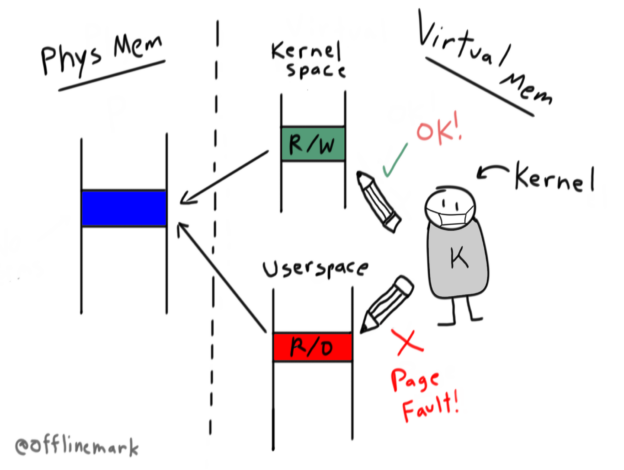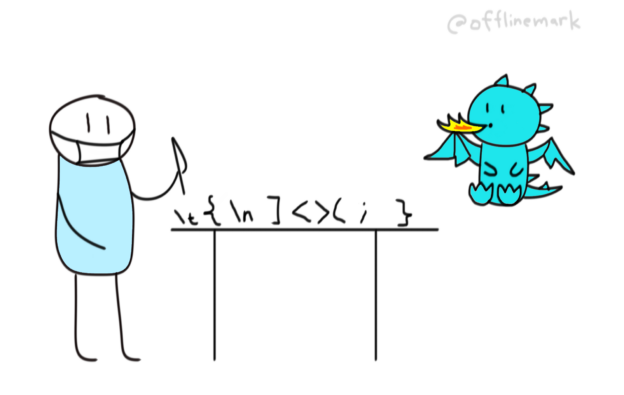libclang_rt/libgcc are compiler runtime support library implementations, which the compiler occasionally emits calls into instead of directly inlining the codegen. Usually this is for software implementations of math operations (division/mod). Generally you’ll need a runtime support library for all but the most trivial projects.
cc-runtime is a utility library for hobby OS developers. It is a standalone version of libclang_rt, which can be included vendored into an OS build.
The main advantage for me is that it lets me use a prebuilt clang from Homebrew. The problem with prebuilt clang from Homebrew, is it doesn’t come with a libclang_rt compiled for i386 (which makes sense, why would it — I’m on an ARM64 Mac).
(This is unlike the prebuilt i386-elf-gcc in Homebrew, which does come with a prebuilt libgcc for i386).
Since it doesn’t come with libclang_rt for i386, my options are:
| Option | |
| Keep using libgcc from i386-elf-gcc in Homebrew | Undesirable — the goal is to only depend on one toolchain, and here I’d depend on both clang and gcc. |
| Build clang and libclang_rt from source | Undesirable — it’s convenient to avoid building the toolchain from source if possible. |
| Vendor in a libgcc.a binary from https://codeberg.org/osdev/libgcc-binaries | Undesirable — vendoring binaries should be a last resort |
| Use cc-runtime | Best — No vendored binaries, no gcc dependency, no building toolchain from source |
However, cc-runtime does have a gotcha. If you’re not careful, you’ll balloon your binary size.
This is because the packed branch of cc-runtime (which is the default and easiest to integrate) packs all the libclang_rt source files into a single C file, which produces a single .o file. So the final .a library has a single object file in it.
This is in contrast to libgcc.a (or a typical compilation of libclang_rt) where the .a library probably contains multiple .o files — one for each .c file.
By default, linkers will optimize and only use any .o files in the .a library that are needed. But since cc-runtime is a single .o file, the whole thing will get included! This means, the binary will potentially include many libclang_rt functions that are unused.
In my case, the size of one of my binaries went from 36k (libgcc) to 56k (cc-runtime, naive).
To work around this, you either need to use the trunk branch of cc-runtime (which doesn’t pack them all into one .c file). This is ~30 .c files and slightly more annoying to integrate into the build system.
Or, you can use some compiler/linker flags to make the linker optimization more granular and work at the function level, instead of the object file level.
Those are:
Compiler flag:
-ffunction-sections -fdata-sectionsLinker flag
--gc-sectionsWith this, my binary size reduced to 47k. So there is still a nontrivial size increase, but the situation is slightly improved.
Ultimately, my preferred solution is the first: to use the trunk branch. The build integration is really not that bad, and the advantage is you don’t need to remember to use the special linker flag, which you’d otherwise need to ensure is in any link command for any binary that links against cc-runtime.
That said, those compiler/linker flags are probably a good idea to use anyway, so the best solution might be to do both.





